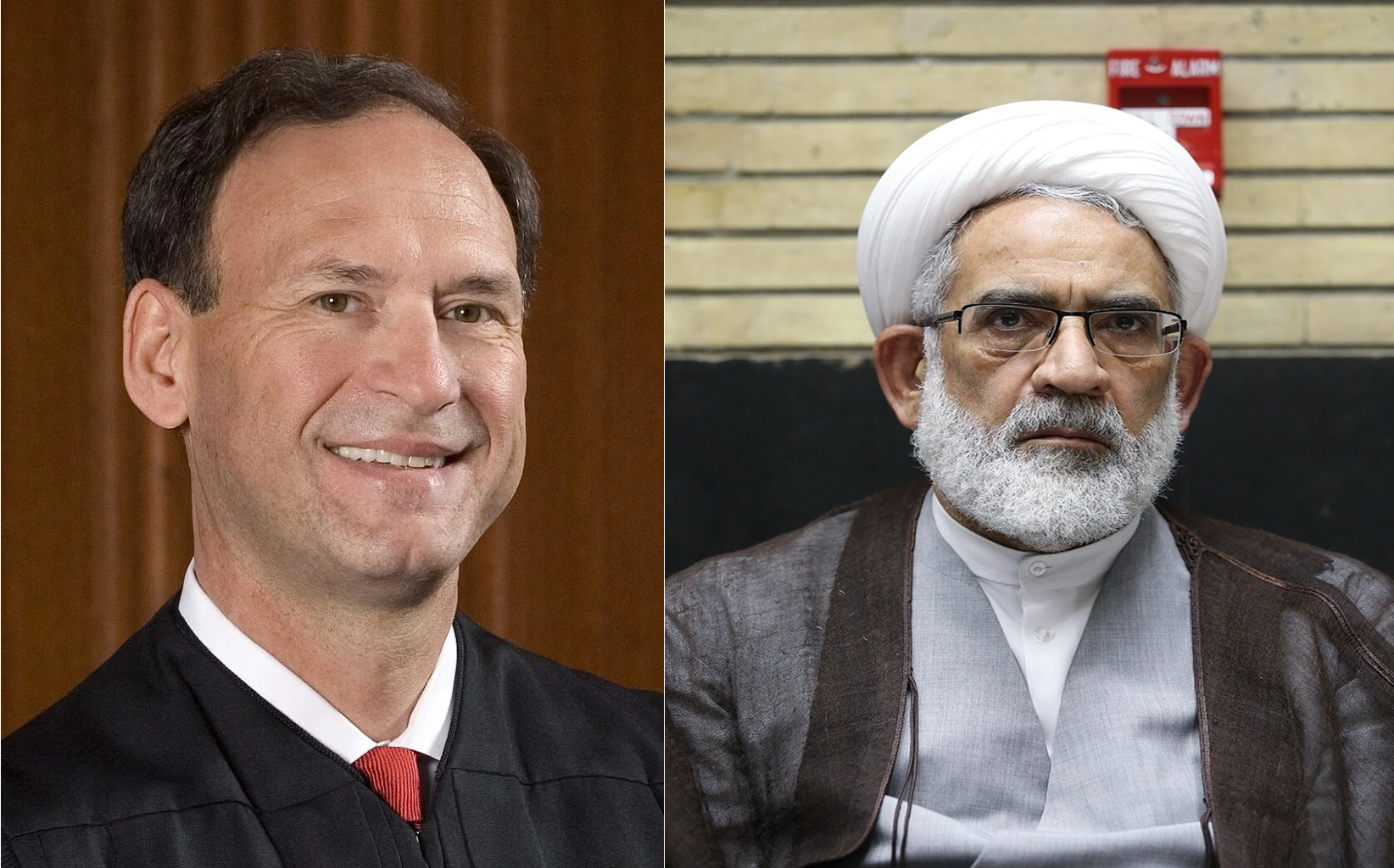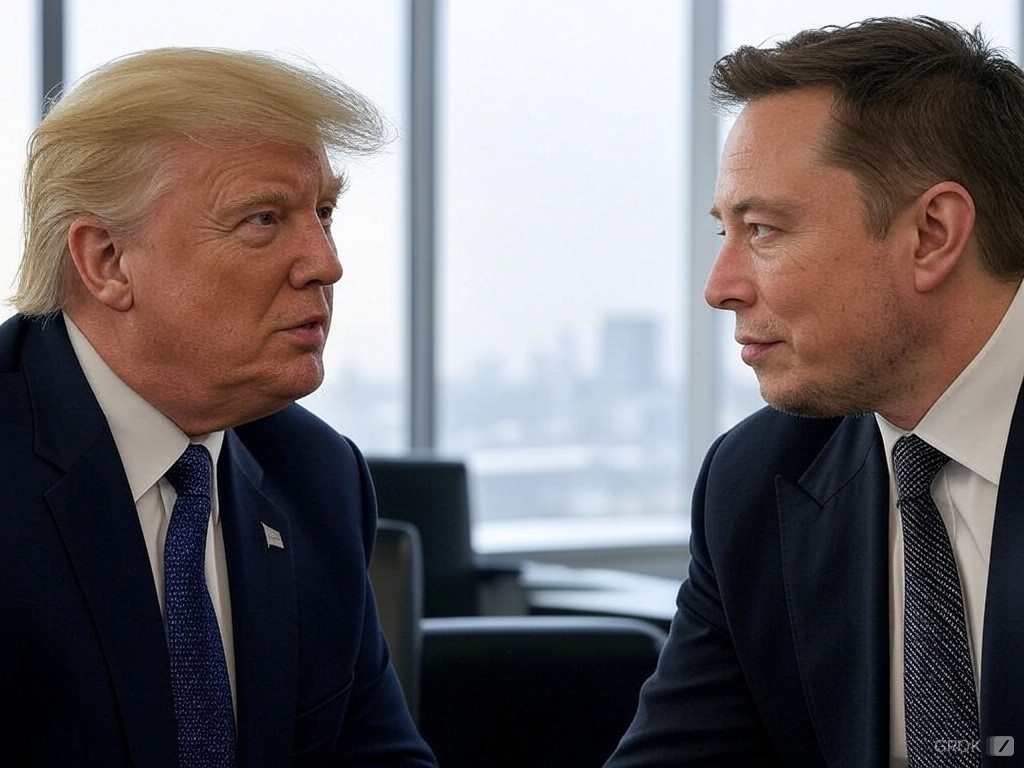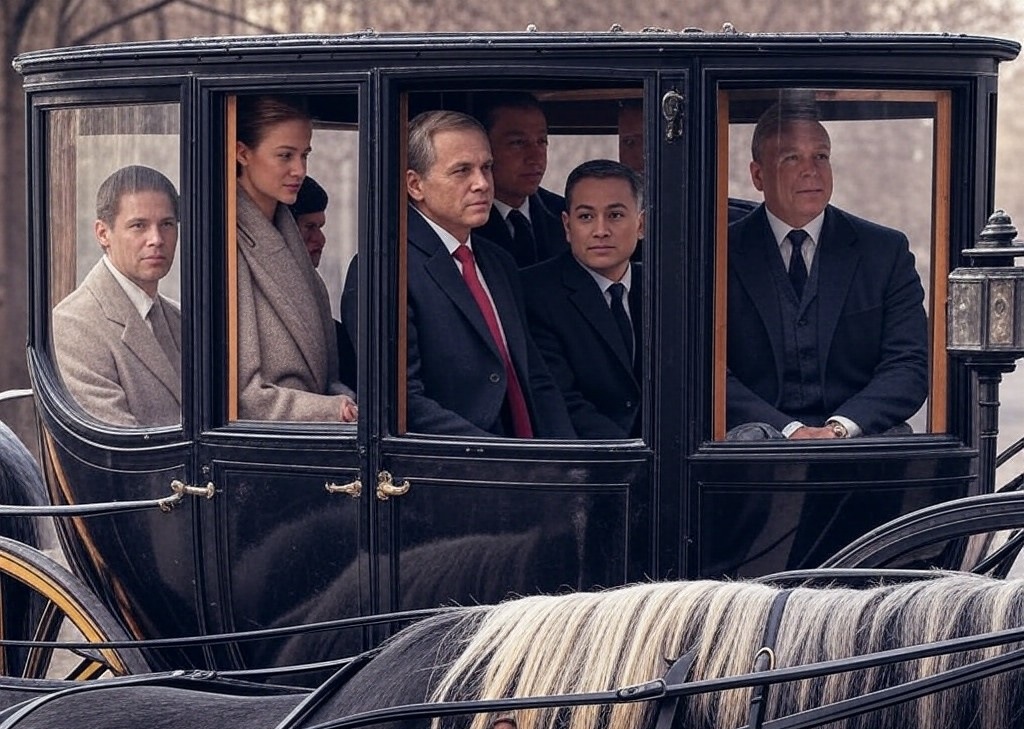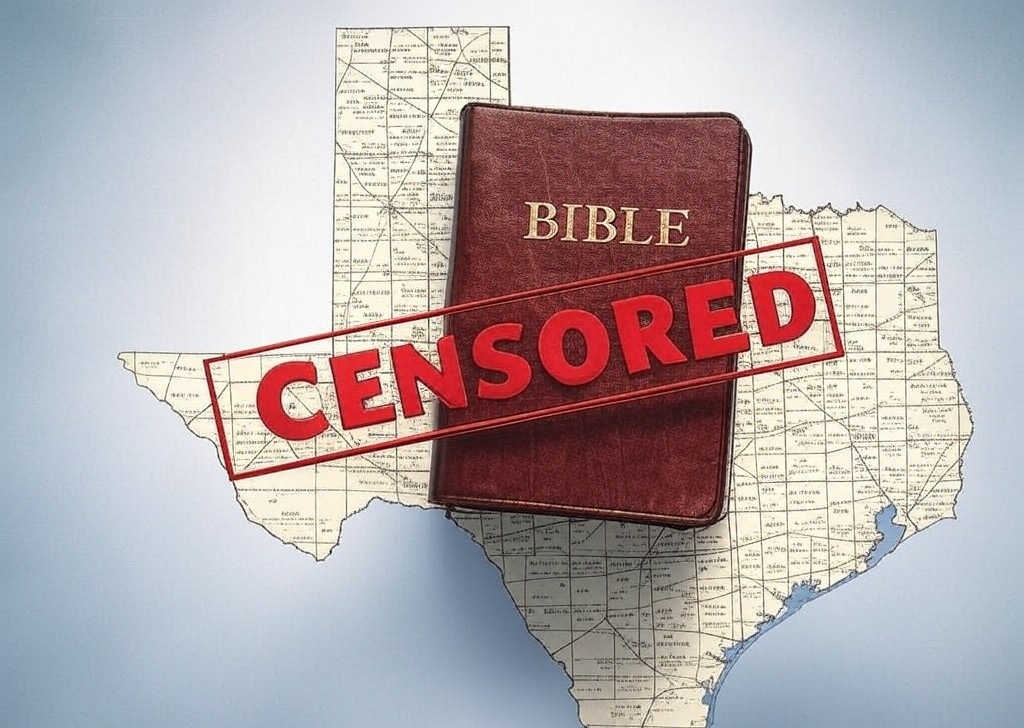In recent years, comparisons have been drawn between the judicial systems of the United States and Iran, particularly concerning the influence of religious ideology on legal decisions. While theoretically, the two countries’ court systems are fundamentally different, in practice, the influence of religion on their highest courts shows troubling similarities, suggesting that the supposed distinctions may not be as significant as they appear.
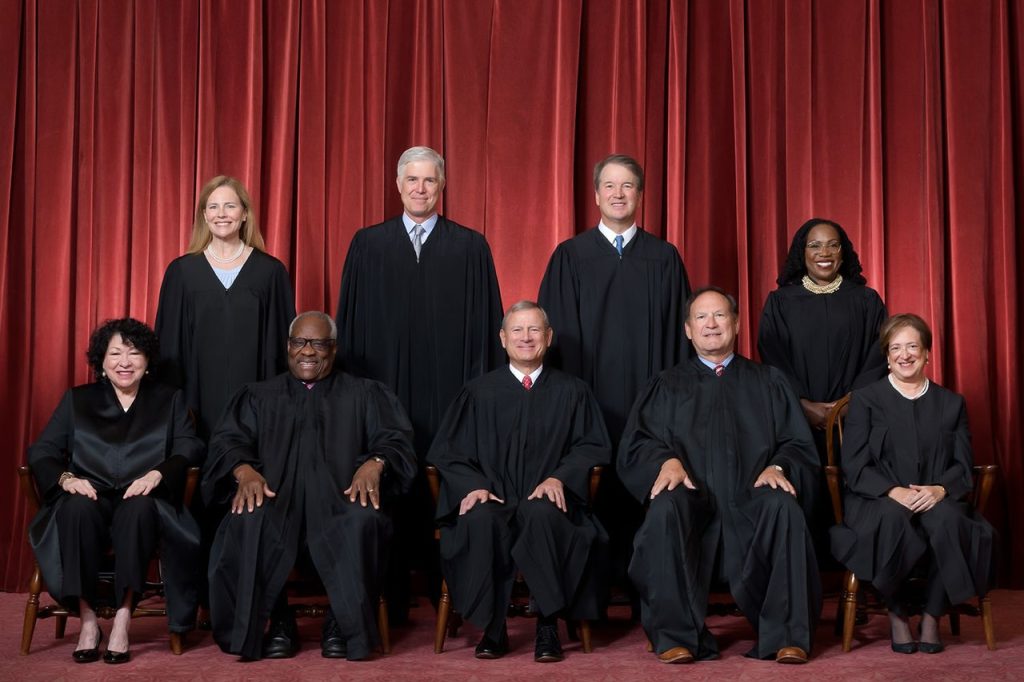
In the United States, the Supreme Court is the pinnacle of judicial authority, tasked with interpreting the Constitution and ensuring justice. Traditionally, the Court’s decisions should reflect constitutional principles, individual rights, and legal precedents. However, the increasing presence of justices with strong religious convictions has raised concerns about the infusion of religious ideology into legal interpretations. Recent rulings on issues such as abortion, same-sex marriage, and religious freedoms indicate that decisions may be influenced more by personal religious beliefs than by secular legal reasoning.
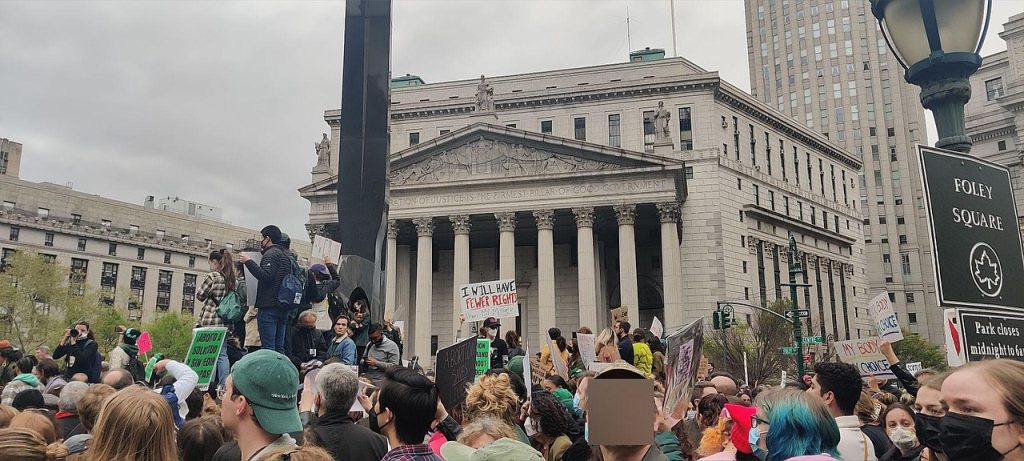
One of the most controversial rulings was the overturning of Roe v. Wade, a landmark decision that had guaranteed women’s right to choose an abortion for nearly half a century. Critics argue that the reversal was heavily influenced by the religious beliefs of the conservative justices rather than by a rigorous application of legal principles or respect for longstanding precedent. This decision is seen as a clear instance where religious ideology trumped both legal precedent and the will of a significant portion of the American populace, igniting widespread protests and legal challenges across the country.
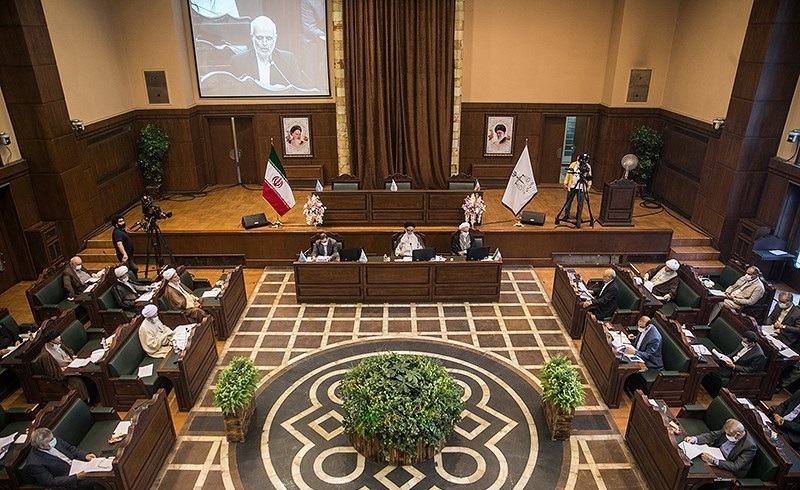
In Iran, the judicial system is explicitly rooted in religious law. The Supreme Leader, a religious figure, wields significant influence over the judiciary, which operates based on Islamic principles as interpreted by clerics. The country’s Constitution mandates that laws must conform to Islamic law, and judges often refer to religious texts when making legal decisions. This system ensures that religious ideology takes precedence in judicial rulings, often reflecting the interpretations and decrees of religious authorities rather than the broader will of the people.

One notable parallel between the two systems is the role of religious ideology in shaping significant legal outcomes. In the U.S., cases like the overturning of Roe v. Wade and the ruling in favor of a web designer who refused to create wedding websites for same-sex couples highlight how religious beliefs of certain justices can influence decisions on deeply contentious issues. Similarly, in Iran, legal rulings on matters such as dress codes, moral conduct, and family law are heavily influenced by religious doctrines, often limiting personal freedoms and reflecting the clerics’ views over public opinion.
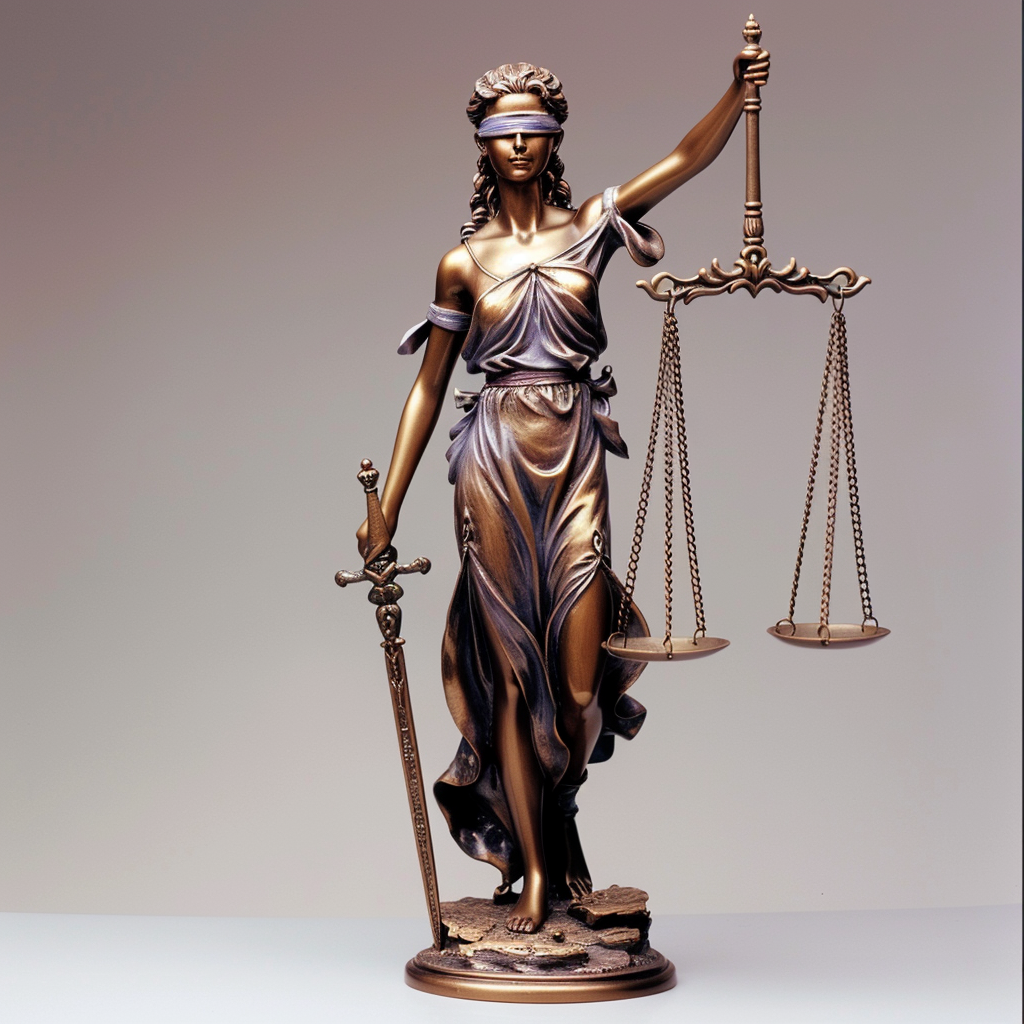
Both systems have faced criticism for allowing religious ideology to overshadow democratic principles. In the U.S., critics argue that the judiciary should be a neutral arbiter of the law, free from religious bias, to uphold the secular nature of the Constitution. They contend that when justices allow their personal religious beliefs to guide their rulings, it undermines the Court’s impartiality and erodes public trust in the judicial system. In Iran, the integration of religious doctrine into the legal system is seen as a mechanism to maintain theocratic control, suppress dissent, and enforce conformity to state-sanctioned religious norms, often at the expense of individual rights and freedoms.
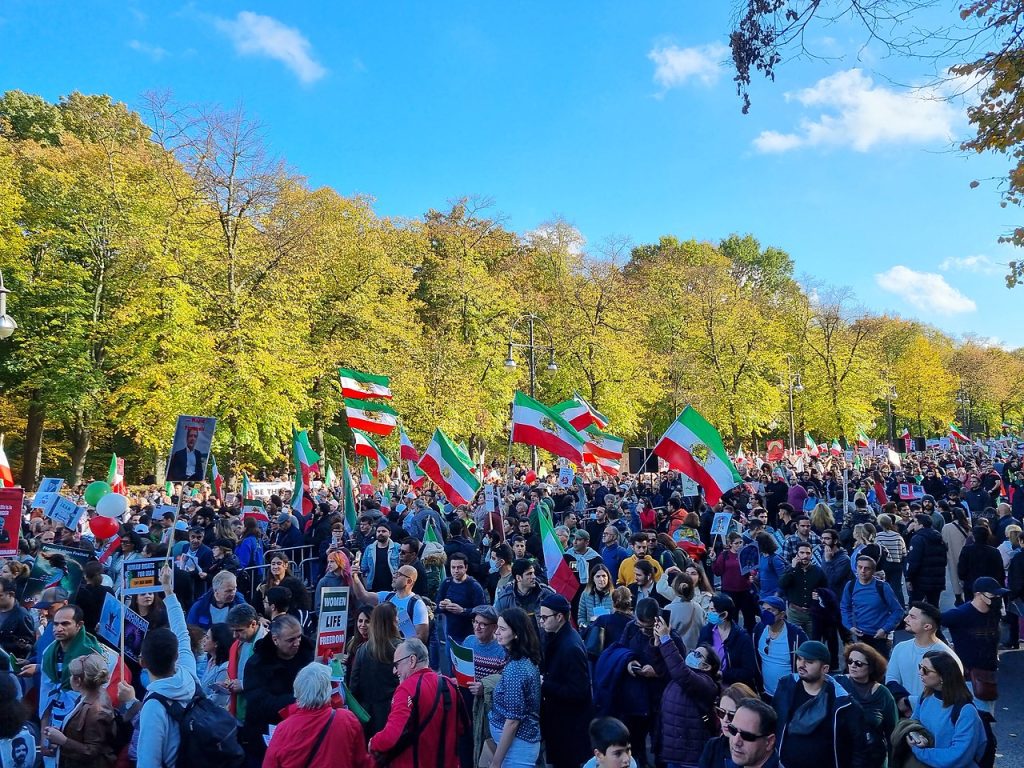
Both countries experience tension between the judiciary’s role and the will of the people. In the U.S., there is an ongoing debate about the balance of power between the judiciary and democratic processes, with calls for reforms such as term limits for justices or expanding the Court to ensure a more balanced representation of ideologies. In Iran, the judiciary’s alignment with religious authority often results in laws and rulings that do not necessarily reflect the diverse views of the populace, particularly among younger generations seeking greater social freedoms and reforms.

Despite these parallels, it is essential to recognize the fundamental differences in the governance and legal frameworks of the two countries. The U.S. remains a secular democracy where, ideally, church and state are separated, and legal decisions are based on constitutional interpretation. However, without meaningful reforms, the lines between the U.S. court and Iran’s theocratic system will continue to blur, plunging the U.S. legal system into chaos where legal precedents are overshadowed by religious beliefs. This erosion of secularism could lead to a judiciary that mirrors Iran’s, where religious ideology dictates judicial processes and undermines the principles of justice and democracy.
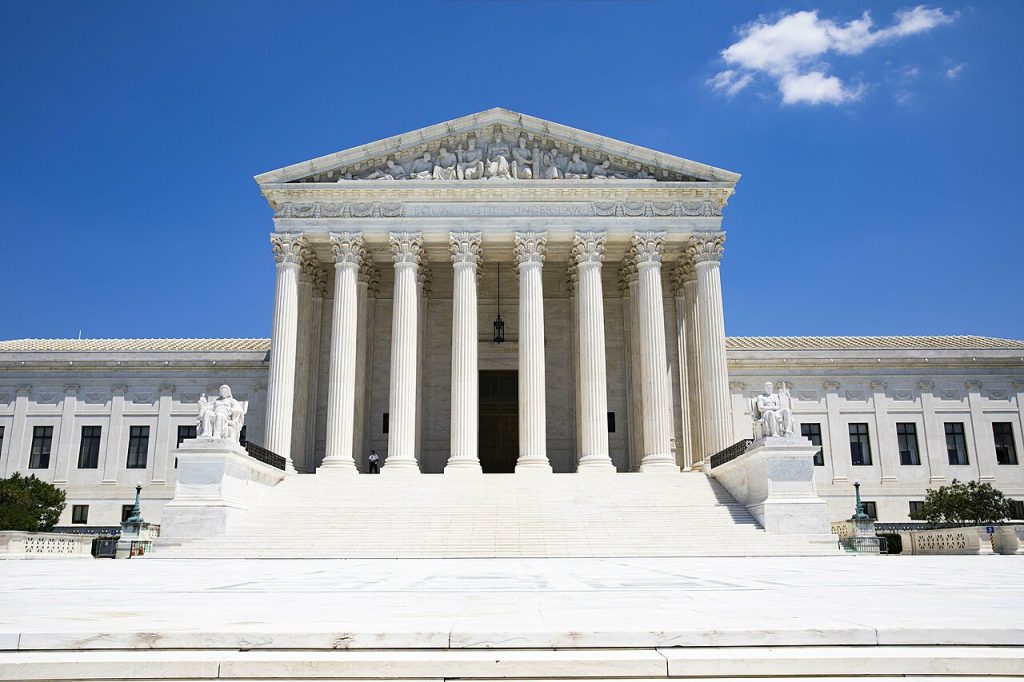
The recent trajectory of the U.S. Supreme Court raises critical questions about the integrity of a judiciary that appears increasingly swayed by personal religious convictions rather than longstanding legal precedents and democratic values.
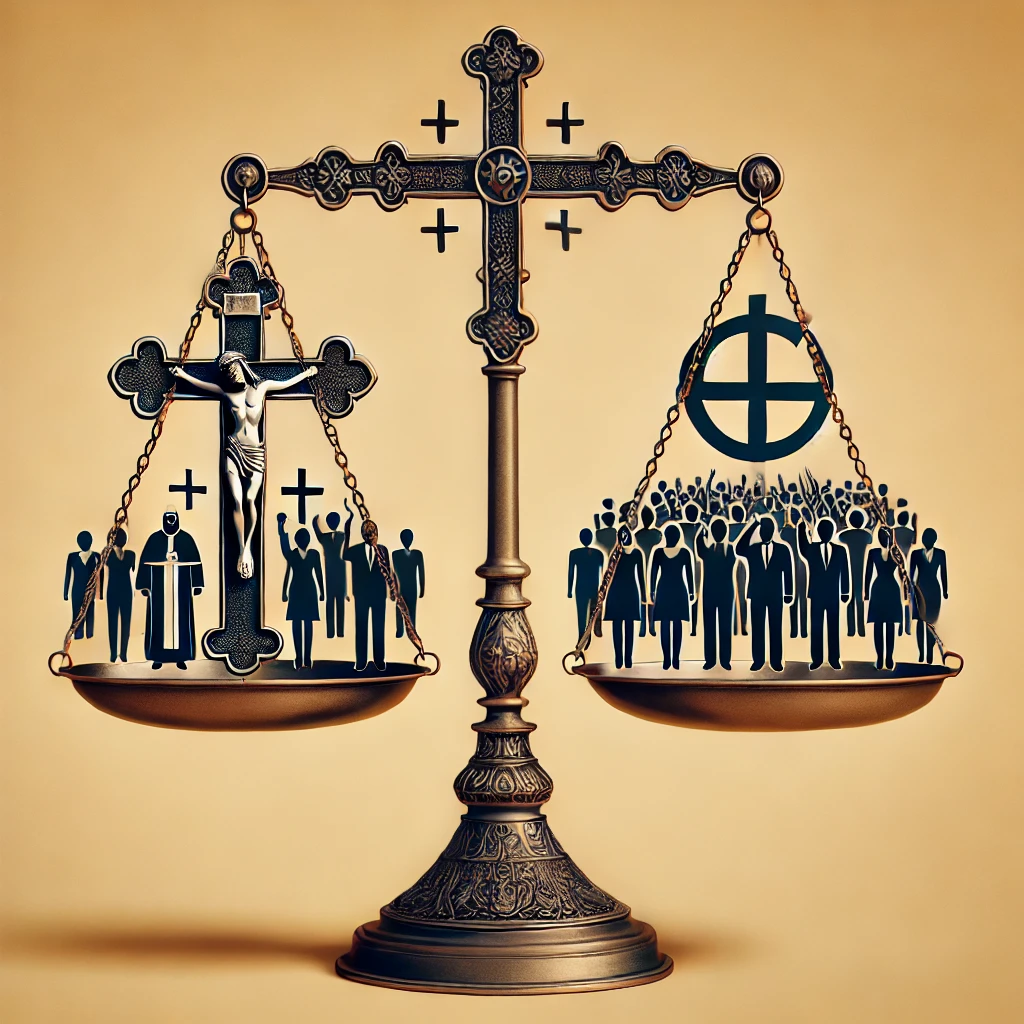
This convergence suggests that, while the theoretical frameworks differ, the practical outcomes in both systems reveal a shared challenge: the struggle to maintain a judiciary that serves the people, rather than religious ideologies.
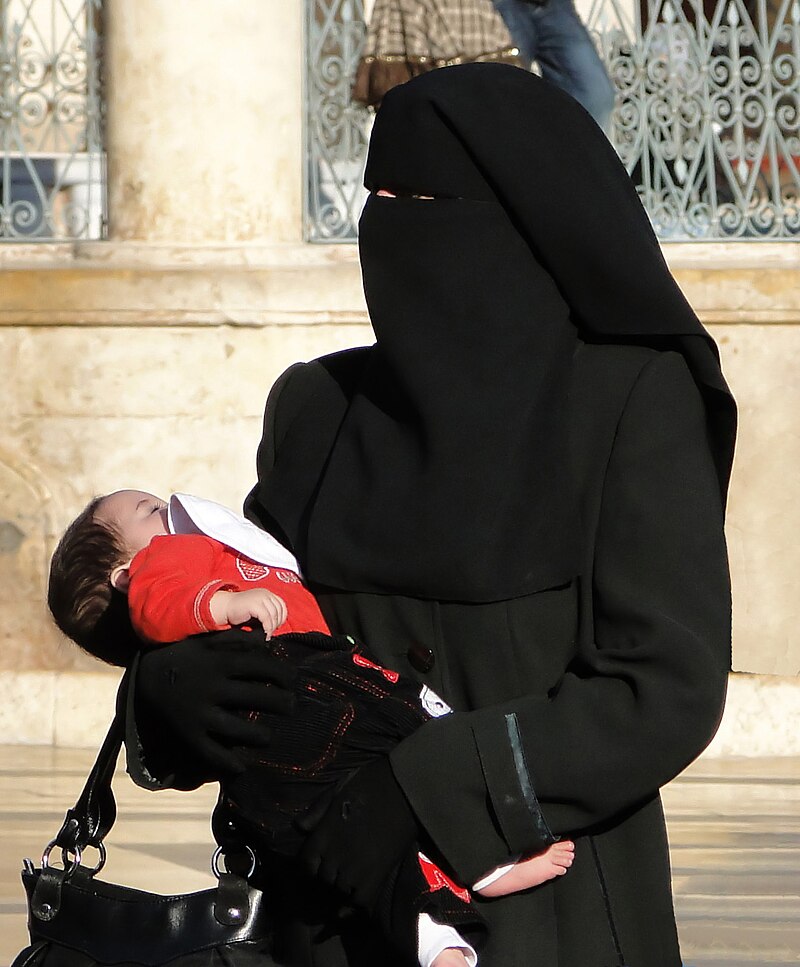
When Iranian women have more freedom of choice than some women who live in US states, it is time to seriously think about reforms to the supreme court.

